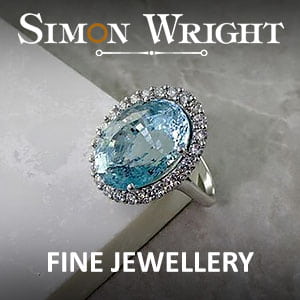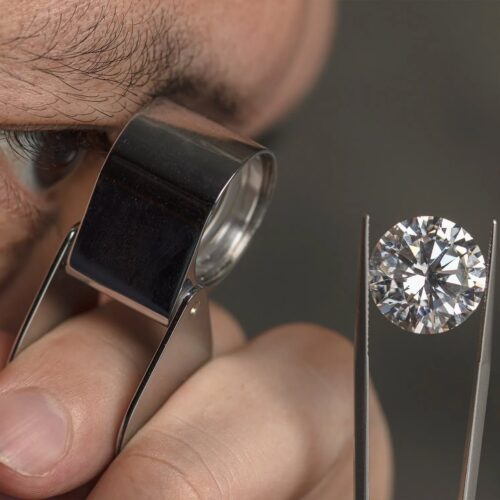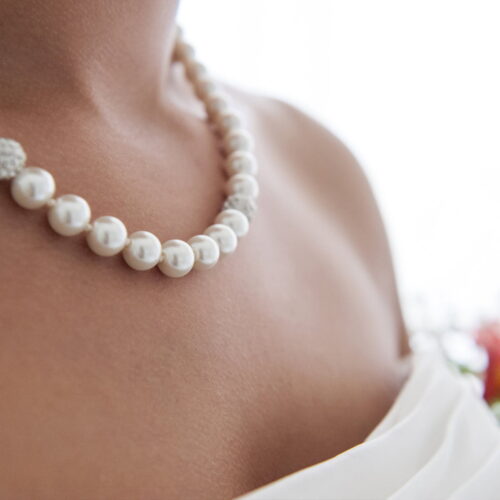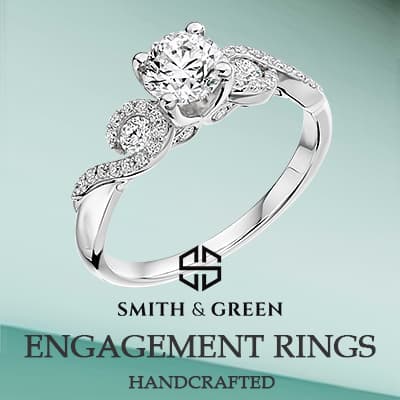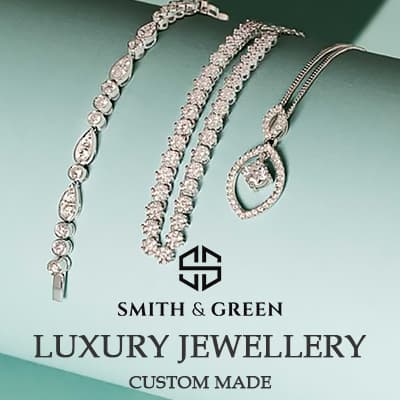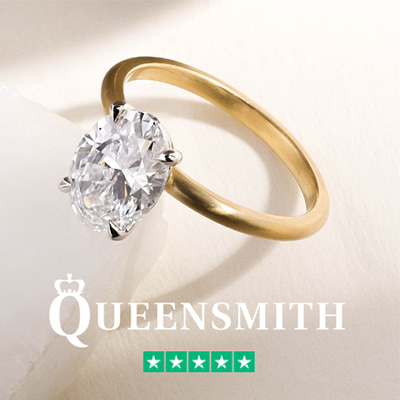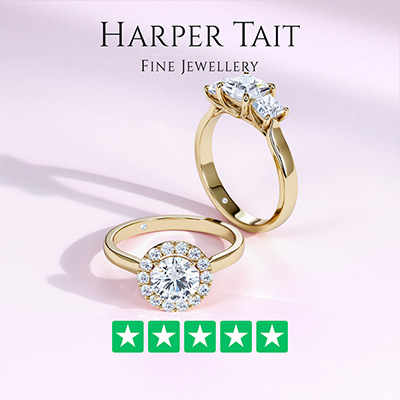In the world of gemstones, diamonds are celebrated not just for their sparkle, but for their rarity. But what elevates a diamond to a status beyond rare? It’s a unique combination of factors – color, clarity, carat, and cut – that dictates its rarity and, consequently, its allure. Among these rare treasures, some stand out more than others, like the famed Argyle Pink Diamonds, known for their exceptional hue and scarcity. In this exploration, we delve into the realm of the world’s rarest diamonds, uncovering the stories and characteristics that make them the pinnacle of precious stones. Join us as we journey through the fascinating world of these extraordinary gems.
The Rarity of Diamonds: An Overview
The rarity of a diamond is determined by a blend of key factors, commonly known as the four Cs: color, clarity, carat, and cut. Each of these aspects plays a crucial role in a diamond’s overall value and rarity. Color ranges from colorless to shades like yellow or blue, with truly colorless diamonds being the rarest. Clarity refers to the absence of internal flaws or inclusions, with flawless diamonds being exceedingly rare. Carat weight significantly influences rarity; larger diamonds are rarer and more valuable. The cut of a diamond, involving its proportions and symmetry, not only affects its brilliance but also its rarity, with well-cut diamonds being more sought after.
Beyond these four Cs, the geological rarity of certain diamond types adds to their exclusivity. Diamonds formed under unique conditions or featuring rare colors, like the deep blues or vibrant pinks, are particularly scarce, making them some of the most coveted and rare gems on the planet.
The Fascination with Rare Diamonds
The allure of rare diamonds lies in a unique blend of their scarcity, undeniable beauty, and rich historical lore. These gemstones captivate people not just for their physical brilliance but also for the stories they carry, often steeped in history and legend. This fascination is further amplified by their portrayal in popular culture, where they often symbolize wealth, power, and romance, making them highly coveted in luxury markets.
In recent times, the emergence of lab-grown diamonds has added a new dimension to this fascination. While these diamonds offer a more sustainable and ethical alternative, they also highlight the exceptional nature of their natural counterparts. The rarity of naturally occurring diamonds, especially those with unique colors or large sizes, becomes even more pronounced against the backdrop of lab-grown varieties. This contrast underscores the extraordinary nature of rare diamonds, enhancing their appeal to collectors and enthusiasts who value not just the gem itself, but the remarkable journey it represents.
Without further ado, let’s have a look at some of the most rare diamonds in existence today.


The Argyle Pink Diamond
Argyle Pink Diamonds, originating from the Argyle mine in Western Australia, stand as some of the most unique and coveted gems in the world. Renowned for their vibrant pink hue, these diamonds are a rarity in the gemstone market. Their distinct color spectrum ranges from delicate pastel pinks to intense purplish hues, setting them apart in both beauty and value.
So how rare are argyle pink diamonds? Well, the rarity of Argyle Pink Diamonds is not just due to their color but also their origin. The Argyle mine, which was the primary source of these pink diamonds, has significantly contributed to their exclusivity. With the closure of the Argyle mine in 2020, the scarcity of these gems has heightened, leading to a substantial increase in their value. This closure has turned Argyle Pink Diamonds into sought-after collector’s items, with their worth expected to continue rising as they become rarer in the market.
The Blue Hope Diamond
The Blue Hope Diamond is renowned for its unique characteristics and intriguing history. Originating from India, this illustrious gemstone has a storied past, having passed through the hands of kings and aristocrats. Its deep blue color, a result of trace amounts of boron within its structure, sets it apart in both rarity and appearance.
What truly distinguishes the Blue Hope Diamond is its size and the legends surrounding it. Weighing in at 45.52 carats, its size is as impressive as its color. The diamond is also infamous for supposedly being cursed, with a history of bringing misfortune to its owners. This lore, whether believed or not, adds to its mystique and allure.
Another fascinating aspect of the Blue Hope Diamond is its phosphorescence; it exhibits a red glow under ultraviolet light, a feature that adds to its uniqueness and scientific interest. Today, housed in the Smithsonian Institution, it continues to captivate the imagination of people worldwide, symbolizing both the beauty and the complex history of rare gemstones.
The Cullinan Diamond
The Cullinan Diamond is renowned for its extraordinary size and quality, making it one of the most unique diamonds ever discovered. Unearthed in 1905 in South Africa’s Premier Mine, it weighed an astonishing 3,106 carats in its rough state, making it the largest rough diamond ever found.
What sets the Cullinan apart is not just its size but also its exceptional clarity and color. Despite its massive size, the diamond was of such high quality that it could be cut into several polished stones. The largest of these, the Great Star of Africa, now resides in the British Crown Jewels.
An interesting fact about the Cullinan Diamond is its journey from mine to monarchy. It was sent to the United Kingdom in a plain box via ordinary post – a ruse to deter potential thieves, while a decoy was sent aboard a steamship with heavy security. The Cullinan’s legacy continues to fascinate, symbolizing not only the pinnacle of diamond rarity but also the remarkable capabilities of gem cutting and craftsmanship.
Conclusion
In summary, the world’s rarest diamonds captivate with their unique qualities and extraordinary stories. These gems, with their exceptional colors, sizes, and histories, are not just symbols of luxury but also of the remarkable wonders of nature. The Argyle Pink Diamonds, with their vibrant hues and scarcity, exemplify the allure of these rare stones. The fascination with these diamonds goes beyond their physical beauty, encompassing their historical significance and the craftsmanship involved in their shaping. These rare diamonds continue to enchant collectors and enthusiasts alike, embodying a timeless allure that transcends generations.




